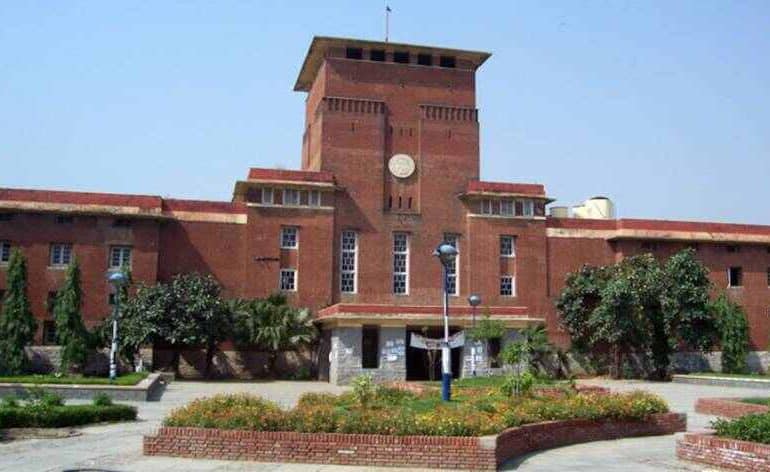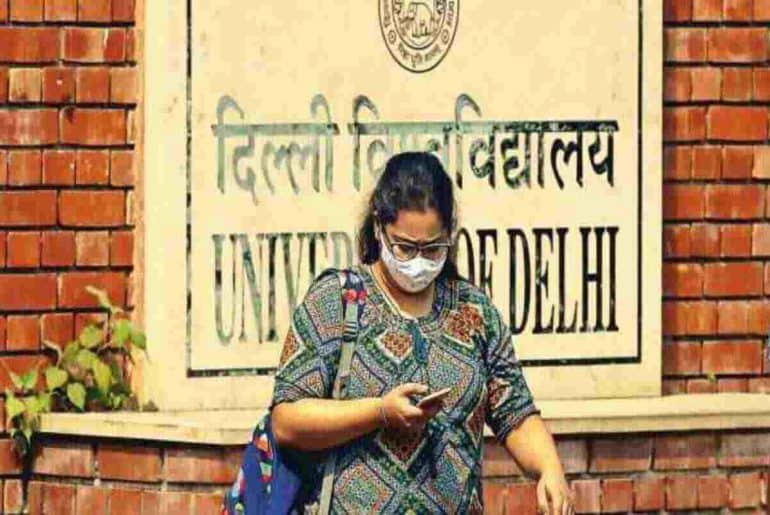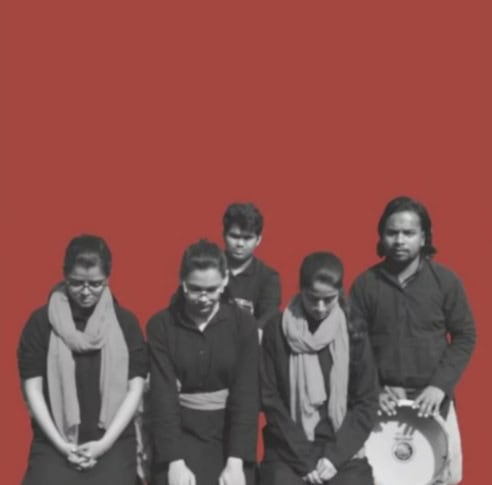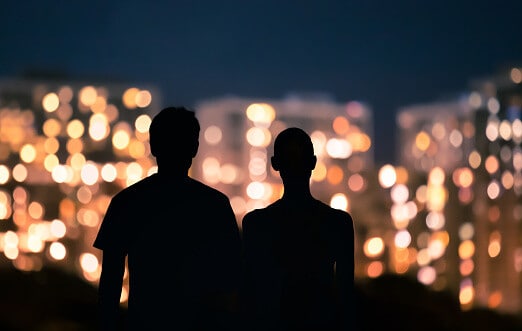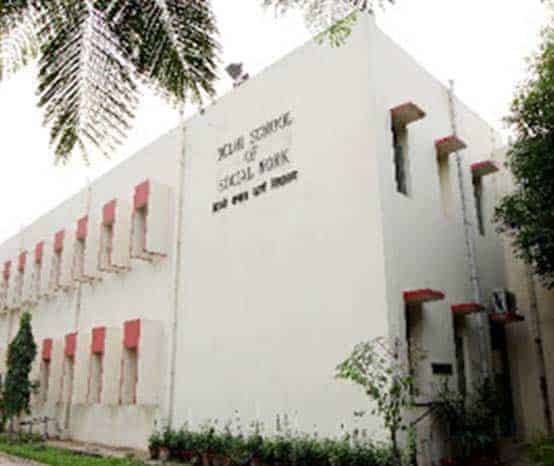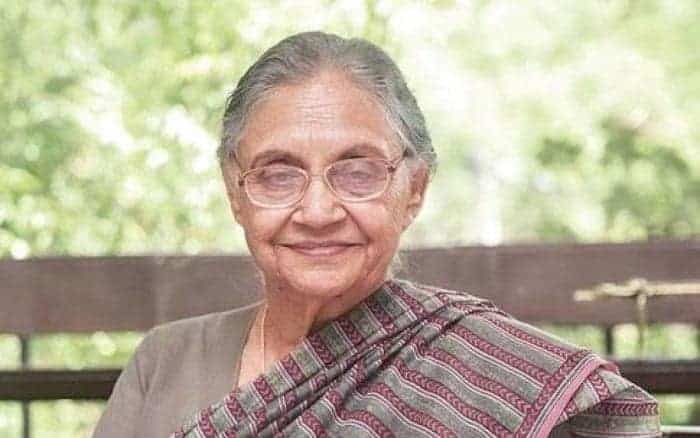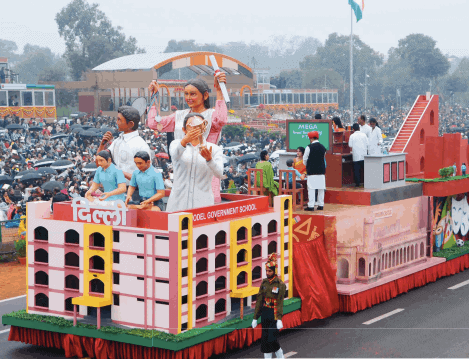As a semblance of normalcy begins to return to functioning around us, Delhi University performance-based societies choose to go offline with their workings – a decision that risks alienating outstation students who are still hesitant to return to campus. Read on to find more.
Delhi University sees a diverse crowd in all terms. The play of privilege has come to the forefront in the era of the digital divide. We witnessed students committing suicide, leaving education, and going to all ends to just afford a phone or laptop for studies. In this phase, where do the cultural societies of Delhi University stand?
In the online scenario, all the performing societies were forced to operate in the online space, as a result of which we saw many online productions, audio plays, and virtual open mics. But the transition phase in DU societies has begun even before the colleges are officially reopened. A few months back a lot of performing societies started functioning offline, some with or without permission from the college authorities.
These mainly comprise drama societies, music and dance societies which need offline spaces to carry on with their operations smoothly. But since DU is not a university of Delhi students only, the question that ‘Do DU societies belong only to Delhi people?’ seems pretty valid in a scenario where outstation students are being repeatedly sidelined by the indiscriminate move to go offline with functioning.
Just a few days back Mood Indigo, the fest of IIT Bombay, organized the prelims for its street theatre competition, where some of the prominent societies performed with their productions like Ibitida, Hindu College, Hansraj Dram Soc, Kahkasha JMC, Lakshya, Kamla Nehru College, Anubhuti, Sri Venkateswara College, and many others. DU Beat talked to Simran from Hansraj Dram Soc to understand their take on conducting offline practices and workshops in collaboration with other societies.
We first years came into the society to perform and sadly it was not happening. Offline practices were essential for us to learn how DCTC worked as we will soon become seniors and the onus of training others will be on us.”
An outstation member of Kshitij, the street play society of Gargi College which organised an offline workshop in collaboration with Hansraj Dram Soc, on grounds of anonymity, shared their views with DU Beat,
If we talk about outstation students, someone who has never seen their college, for them, online meets are everything, that screen becomes more than just a screen. Offline meets are not fair to them, and they cannot be expected to travel long distances to attend, it is just not fair. They are missing out on experiences and lessons because of the circumstances. In the end, it comes down to whose perspective you choose to see – that of the helpless first year or the third year who will choose the offline mode due to the sheer rigour and space it allows one to work in.”
The culture of performing societies is surely a source of pride for the University of Delhi but another thing that the nukkad nataks propagate is the call for equality. In such a situation, when being in Delhi means being able to experience the societies, aren’t these societies becoming elite spaces? Various outstation students, who can afford to be in the city for internships or societies have moved here already, so who is actually being left behind? For these answers, we talked to Jai Mahajan from Shunya, Ramjas who shared his society experience.
Being in an online space has affected theatre but we are trying our best to level the playfield. Shunya is trying to come up with a fusion of both online and offline work. Surely people in the offline mode are learning and adapting quickly, but it’s up to seniors how they balance the collaboration.” – Jai, a member of Shunya, Ramjas
In the month of November, Shunya conducted its first series of month-long offline workshops. Students across departments and years from the college attended the workshops, which were conducted by incumbent and erstwhile members of the society on a wide range of topics relating to theatre. But the attendees also included a large number of outstation students who flew down to the city specifically to attend these workshops. Although safety precautions were adequately taken for the same, the decision to conduct these workshops in the offline mode, which many society members too could not attend, still remains under question.
As the auditions of performing societies were conducted in the online mode in the time of the digital divide, it already pushed out students from backward sections of societies. Several talented students could not audition due to unstable internet, and some had to travel elsewhere just for the sake of giving their auditions. And after that exclusion, the dispersion of outstation and Delhi students brings forth the question of representation. Performances talking about the evils of caste and class while propagating on those same foundations are making a farce of the art form.
We can’t lose out on practice just because the colleges are online now. To get on the stage and win awards and experience that feeling of dancing in front of people cheering for you hoping that you win. To learn things online is really difficult, offline practice is of the utmost necessity if you want to bring the best out of your crew. There is no formal permission as such but socs have never totally depended on college to practice even when it was offline.” – A member of a dance society
DU performing societies have been known for their rigorous working, but the entire working process changed owing to the prevailing conditions. Talking about how his society operates, Tushar, a member of The Dramatics Society of Dyal Singh Evening College, Junoon said,
Most of the members of our society are from Delhi, offline meets are recorded, and activities are discussed in the online meets. The same activities are done in the online mode with some tweaks to make them feasible.”
Meanwhile, Jai from Shunya, Ramjas shared how audio plays helped them bridge the gap to some extent.
Some of our members are from Kashmir and places where there is low connectivity; for them, we practiced and explored auditory drama on phone calls.”
Shruti, the President of Lakshya, KNC, shared her society experience of working in the online mode. For better functioning, they divided the team into two where outstation members worked on the stage production, working with characters, while the Delhi students worked on street play.
At least some of the students would learn and know something; this year we are focusing more on learning and teaching.”
There are also various societies that chose not to function in the offline space. Siddhi from LSR Dramsoc shared her take on the issue,
Even though the offline experience was beautiful, we chose not to practice in offline mode since we have people from other cities as well in our society. We need to adapt to the times, and to pass on the culture, we talk about our past experiences and activities, so our juniors know about the working. DCTC as a group needs to think and engage in dialogue to come to a better and more feasible conclusion.”
While sharing her experience of being an outstation student, a member of a drama society said in a conversation with DU Beat,
It doesn’t feel like a team anymore; the production doesn’t feel ours. If offline working brings back the culture of theatre it also breaks the team apart in two. It’s a sort of slow coercion over outstation students to leave since we don’t play any active part. We feel like outsiders instead of outstation students, where we realize being in Delhi is a privilege that we can’t afford.”
Despite the brouhaha surrounding the debate around offline and online functioning, there are societies that have accepted the online mode and have gone ahead with annua productions; for example, the Shakespeare Society of St. Stephens College performed their annual production for the year Chateau Manor House on Zoom a few weeks back. The reluctance of many societies to adapt to the same mode is, on one hand preserving the physical essence of these performance societies. At the same time, it risks non-functioning and becomes largely emblematic of the larger hegemony present in these societies to refuse to adapt to changing times and tweak and challenge procedural functionings that have been set in stone for years now.
Image Credits: Sabha, the dramatics society of St. Stephens College
Read Also: The Rise of OTT: Destruction of The Theatre Culture?
Remembering Safdar Hashmi: Inquilab and Theatre
Kashish Shivani ([email protected])
Anwesh Banerjee ([email protected])

